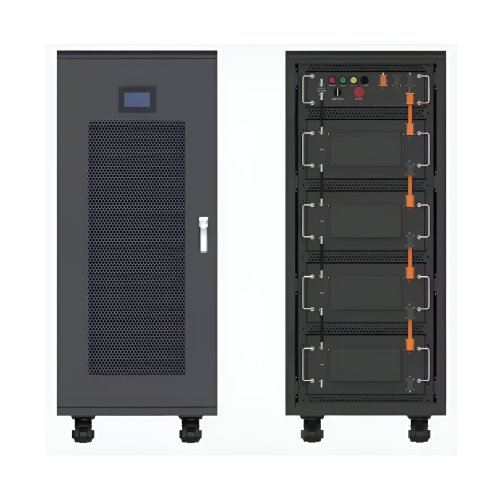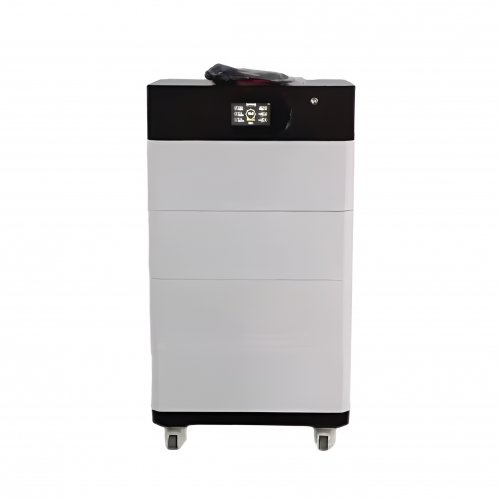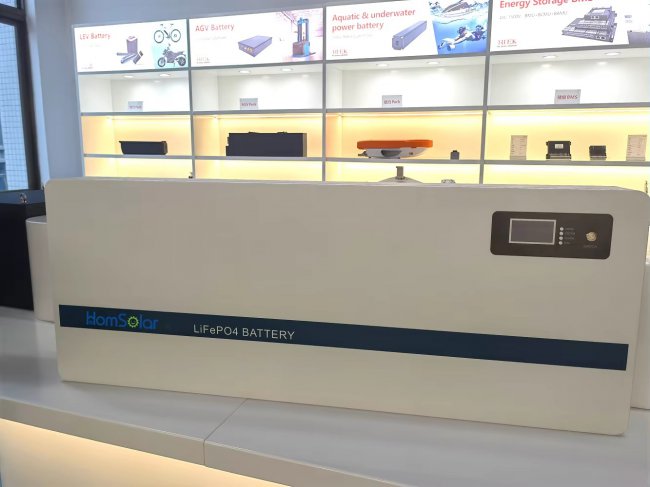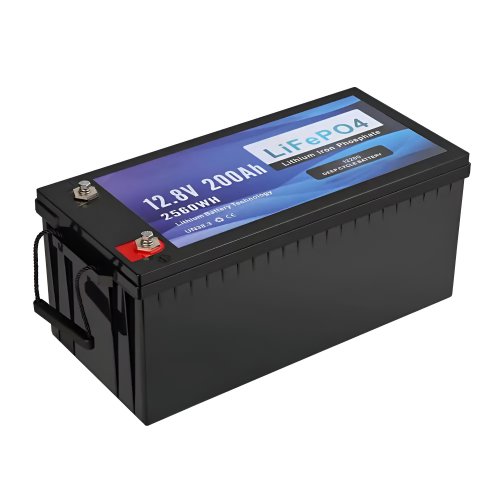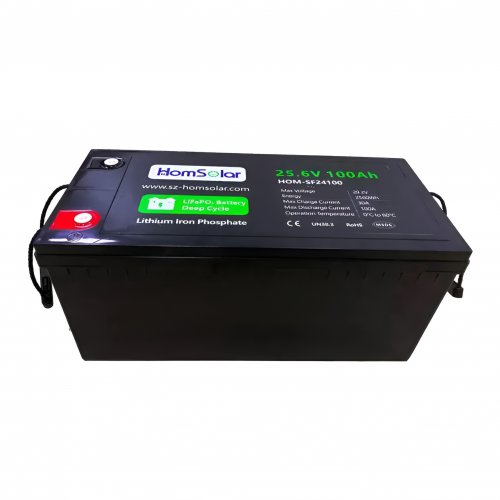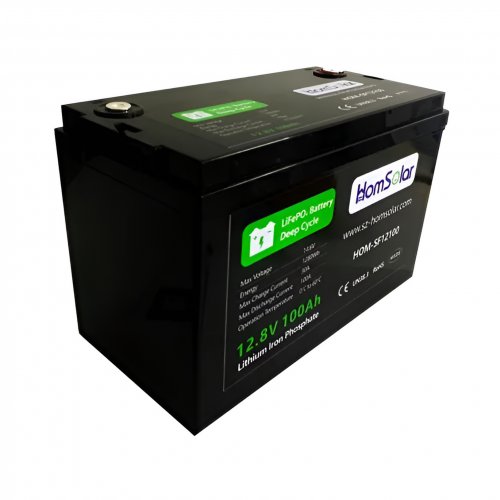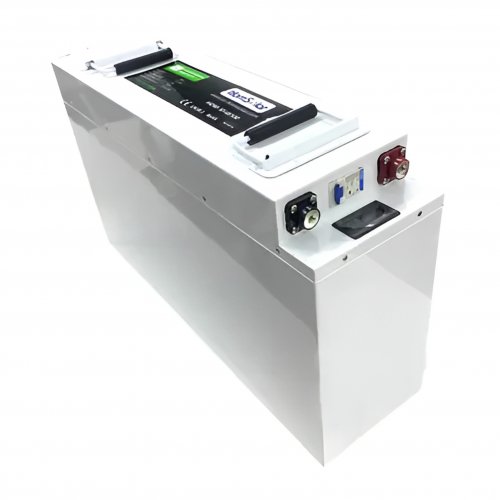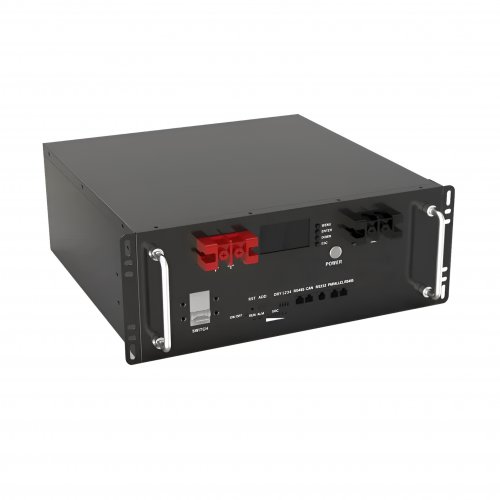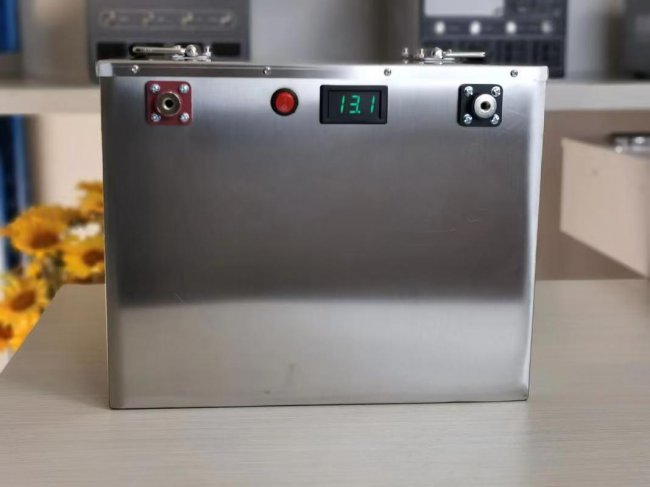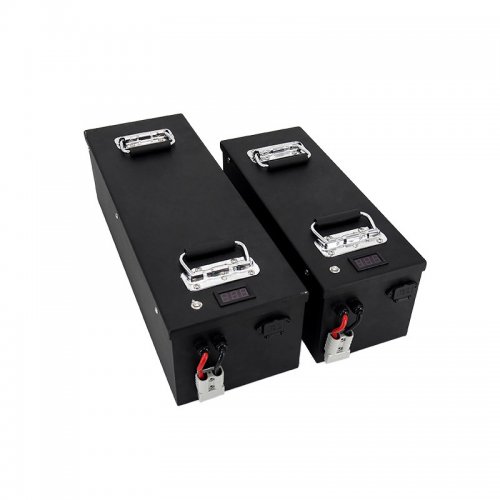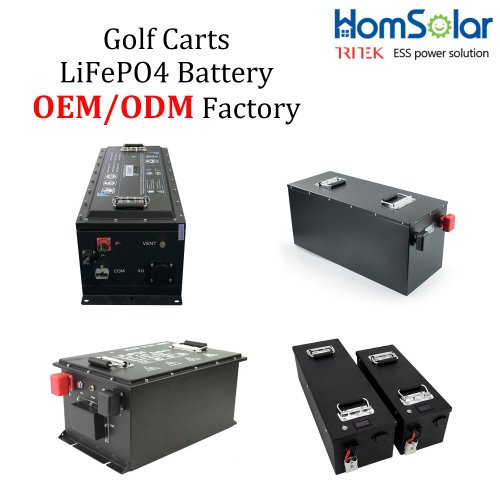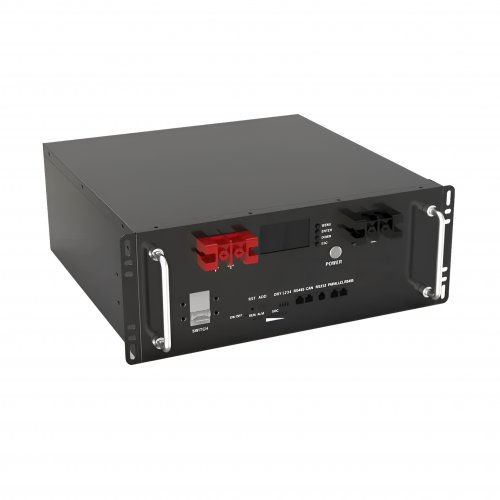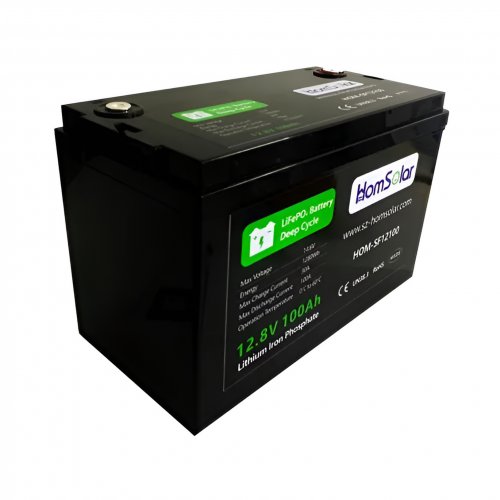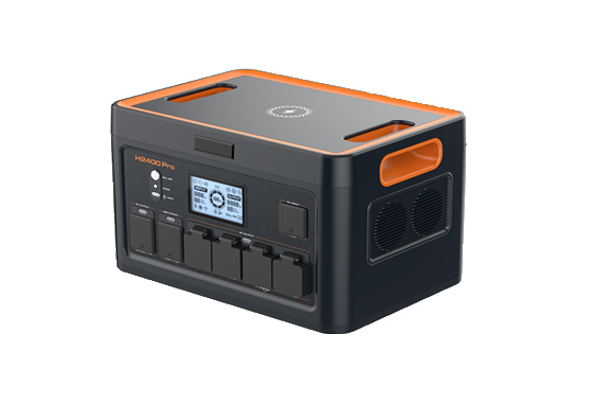Advances In Voltage Stability: Recent Breakthroughs And Future Directions
Voltage stability remains a critical challenge in modern power systems, particularly with the increasing integration of renewable energy sources and the growing complexity of grid operations. Voltage instability can lead to cascading failures, blackouts, and significant economic losses. Recent research has focused on advanced monitoring, control strategies, and innovative technologies to enhance voltage stability. This article reviews the latest advancements, including machine learning applications, wide-area monitoring systems, and distributed control frameworks, while outlining future research directions.
Unsupervised learning methods, such as clustering algorithms, have also been applied to identify vulnerable nodes in power grids. A recent study by Li and Wang (2024) demonstrated that self-organizing maps (SOMs) could effectively classify voltage instability patterns in large-scale systems with high penetration of wind power.
Moreover, adaptive protection schemes leveraging WAMS have been proposed to mitigate voltage instability. These schemes dynamically adjust relay settings based on real-time grid conditions, enhancing resilience against disturbances (Kundur et al., 2022).
Decentralized approaches, such as droop control in inverter-based resources (IBRs), have also gained traction. Studies show that adaptive droop coefficients can improve voltage regulation in microgrids with high renewable penetration (Guerrero et al., 2023).
1. Integration of Quantum Computing Quantum algorithms for power flow optimization could revolutionize voltage stability analysis by solving complex nonlinear problems in seconds. Preliminary studies suggest potential applications in contingency analysis (Farhi et al., 2023).
2. Resilience Against Cyber-Physical Threats As power systems become more digitized, cybersecurity risks grow. Future research must address resilient control strategies that withstand cyberattacks while maintaining voltage stability.
3. Standardization of AI-Based Tools While ML models show promise, their deployment requires standardization to ensure interoperability and reliability. Collaborative efforts between academia and industry are needed to establish guidelines.
Voltage stability research has made significant strides, driven by advancements in machine learning, wide-area monitoring, and decentralized control. Emerging technologies like grid-forming inverters and hybrid storage systems further enhance grid resilience. However, challenges remain in scalability, cybersecurity, and standardization. Future work should focus on integrating cutting-edge computational tools and fostering international collaboration to build robust, sustainable power systems.(
Customized/OEM/ODM Service
HomSolar Supports Lifepo4 battery pack customization/OEM/ODM service, welcome to contact us and tell us your needs.


HomSolar: Your One-stop LiFePO4 Battery Pack & ESS Solution Manufacturer
Our line of LiFePO4 (LFP) batteries offer a solution to demanding applications that require a lighter weight, longer life, and higher capacity battery. Features include advanced battery management systems (BMS), Bluetooth® communication and active intelligent monitoring.

Customised Lithium Iron Phosphate Battery Casing
ABS plastic housing, aluminium housing, stainless steel housing and iron housing are available, and can also be designed and customised according to your needs.

HomSolar Smart BMS
Intelligent Battery Management System for HomSolar Energy Storage System. Bluetooth, temperature sensor, LCD display, CAN interface, UART interface also available.


Terminals & Plugs Can Be Customized
A wide range of terminals and plugs can be customised to suit the application needs of your battery products.

Well-designed Solutions for Energy Storage Systems
We will design the perfect energy storage system solution according to your needs, so that you can easily solve the specific industry applications of battery products.



About Our Battery Cells
Our energy storage system products use brand new grade A LiFePO4 cells with a battery lifespan of more than 4,000 charge/discharge cycles.



Applications in Different Industries
We supply customized & OEM battery pack, assemble cells with wiring, fuse and plastic cover, all the cell wires connected to PCB plug or built BMS.
Applications: E-bike, Electric Scooter, Golf Carts, RV, Electric Wheelchair, Electric Tools, Robot Cleaner, Robot Sweeper, Solar Energy Storage System, Emergency Light, Solar Power Light, Medical Equipment, UPS Backup Power Supply.
We can provide you with customized services. We have the ability to provide a vertical supply chain, from single cells to pack/module and to a complete power solution with BMS, etc.


HomSolar (Shenzhen) Technology Co., Ltd








